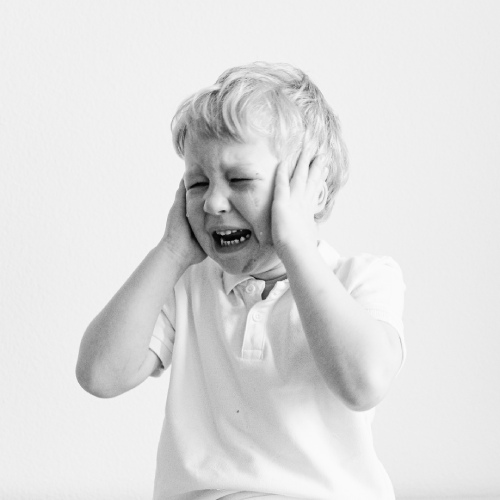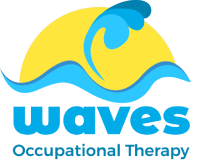
Discover the often-overlooked “sixth sense” of proprioception and its significance in sensory assessments and rehabilitation. Explore how proprioception impacts individuals of all ages, and learn about exercises that enhance its benefits.
Proprioception, often called the “sixth sense,” is a remarkable yet often overlooked aspect of our sensory system. As an Occupational Therapist who works with children and adults, you’re well aware of its significance in the realm of sensory assessments and challenges. In this blog post, we’ll delve into the world of proprioception, exploring its vital role in our daily lives and how it impacts individuals of all ages, from children with sensory needs to adults seeking functional assessments and rehabilitation.
Understanding Proprioception
To put it simply, proprioception is our body’s innate ability to sense its position and movement in space. This intricate sense relies on receptors embedded in our muscles, tendons, and joints, constantly sending signals to our brain. These signals help us maintain balance, coordinate movements, and perform tasks with precision.
The Developmental Milestone
In your work with children, you’ve likely encountered cases where proprioception plays a pivotal role. For children with sensory integration difficulties, developmental delays, or conditions like Dyspraxia and Developmental Coordination Disorder (DCD), proprioception can be a game-changer. It serves as the foundation for gross motor skills, fine motor skills, and dexterity. Without proper proprioceptive input, children may struggle with coordination, handwriting difficulties, and even self-care tasks like dressing and feeding. Find out more about Dyspraxia from the Dyspraxia Foundation.
Empowering Children with Sensory Needs
One of the most rewarding aspects of your job is helping children overcome sensory challenges. By understanding the importance of proprioception, you can design targeted interventions and strategies. Deep pressure activities, such as weighted blankets or therapeutic brushing, can provide the proprioceptive input these children crave, improving their focus and emotional regulation.
Enhancing Functional Assessments for Adults
Your expertise extends to adults seeking functional assessments and rehabilitation. Whether it’s due to injury, illness, or aging, many adults face difficulties in maintaining their independence. This is where proprioception comes into play. Impaired proprioception can lead to postural issues, reduced balance, and diminished coordination. Your assessments help identify these problems and guide rehabilitation efforts to restore functionality.
The Role in Mental Health and Emotional Regulation
Proprioception isn’t just about physical movement; it also has implications for mental health. You’ve witnessed how addressing proprioceptive needs can have a calming effect on individuals with anxiety or emotional regulation difficulties. Techniques like deep pressure therapy can help them feel grounded and more in control of their emotions.

A Multifaceted Approach
Your work spans a wide range of conditions and needs, from sensory integration difficulties to palliative care and mental health support. Proprioception, with its far-reaching effects on both physical and mental well-being, is a crucial element in your toolkit. It complements your efforts to enhance the quality of life for your clients, regardless of their age or condition.
Conclusion
In the world of Occupational Therapy, proprioception is a cornerstone. It’s a sense that often operates in the background, but its impact is profound. From children with sensory challenges to adults seeking functional assessments and rehabilitation, the importance of proprioception cannot be overstated. It’s a bridge that connects the physical and emotional aspects of human experience, making it an essential focus in your work.
As you continue to support your clients on their journeys toward improved sensory integration, coordination, and overall well-being, remember the hidden hero that is proprioception. Its role in our lives is undeniable, and your expertise in harnessing its power is truly remarkable.
Find out more about becoming an Occupational Therapist by checking out the Royal College of Occupational Therapists website.
Contact us to find out more about how we can help you or your child.

Empowering Child Development through Proprioception: Understanding, Significance, and Activities - Waves Occupational Therapy
[…] and gross motor skills, from handwriting to running, rely heavily on proprioceptive […]